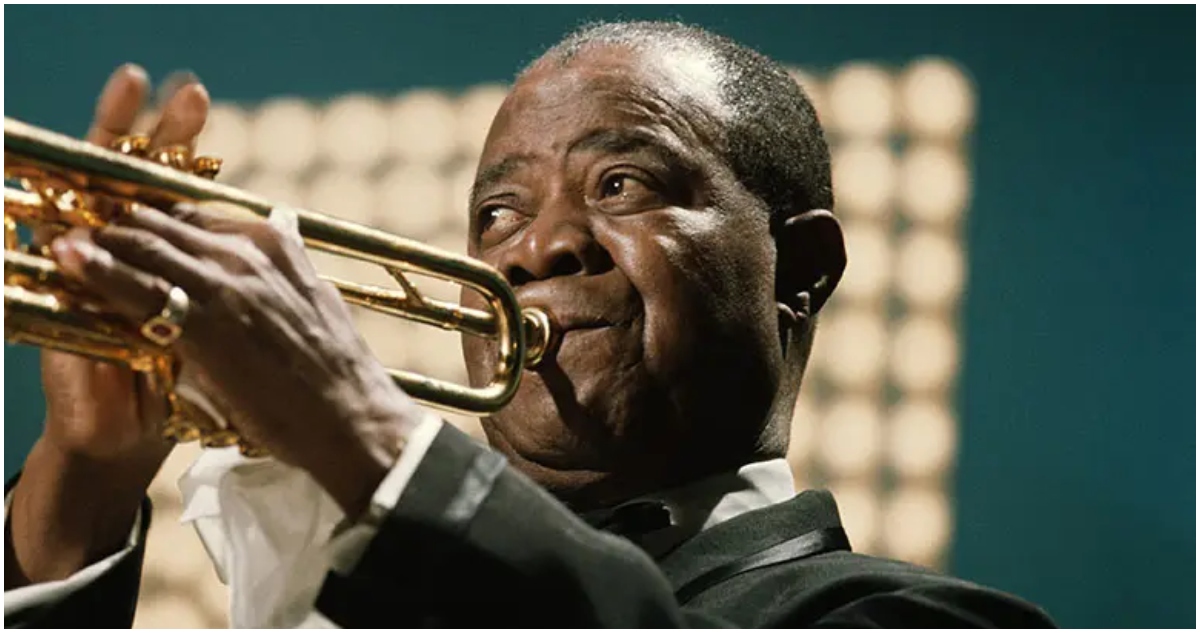Louis Armstrong’s Rise from New Orleans to Global Stardom
Louis Armstrong, born in 1901 in the tough streets of New Orleans, emerged as the first Black pop star, reshaping the sound of the 20th century. His groundbreaking work as a trumpeter and vocalist laid the foundation for modern jazz and popular music. According to Ricky Riccardi, a leading expert on Armstrong and author of Stomp Off, Let’s Go: The Early Years of Louis Armstrong, Armstrong’s early recordings with his bands, the Hot Five and Hot Seven, became the blueprint for improvisation in music.
Armstrong’s journey from a childhood marked by poverty and hardship to becoming a global icon is a testament to his resilience and talent. Growing up in a neighborhood known as “the battlefield,” he faced violence and instability but found solace in music. His time at the Colored Waifs Home for Boys, where he first picked up the cornet, set him on a path to greatness.
The Birth of Scat Singing and Armstrong’s Vocal Genius
In 1926, Armstrong introduced scat singing to the world with his recording of Heebie Jeebies. This innovative style, where he replaced lyrics with improvised syllables, revolutionized vocal performance. While some claim he started scatting after dropping his sheet music, Armstrong’s ability to use his voice as an instrument had deeper roots. He had been experimenting with wordless vocalizing since his early days in New Orleans.
Armstrong’s vocal talent was as transformative as his trumpet playing. Despite initial resistance from bandleaders who didn’t want him to sing, he became one of the most beloved vocalists of all time. His recordings of songs like Stardust and What a Wonderful World continue to resonate with audiences worldwide.
Armstrong’s Legacy as a Pop Star and Cultural Icon
By the late 1920s, Armstrong transitioned from jazz innovator to pop star. His recordings of hits like Ain’t Misbehavin’ and I Can’t Give You Anything But Love catapulted him to mainstream success. By 1932, he was the best-selling recording artist in the industry, breaking racial barriers and redefining what it meant to be a Black artist in America.
Armstrong’s influence extended beyond music. He used his platform to speak out against racial injustice, most notably criticizing President Eisenhower’s handling of the Little Rock school integration crisis. Despite facing criticism from some who labeled him an “Uncle Tom,” Armstrong’s archives reveal a man deeply aware of his role in the fight for equality.
The Enduring Impact of Louis Armstrong
Louis Armstrong’s legacy is preserved in the Louis Armstrong House Museum in Queens, New York, home to over 700 hours of his personal recordings. These tapes capture his thoughts, memories, and conversations, offering a glimpse into the mind of a musical genius. His ability to blend humor, emotion, and technical brilliance in his performances continues to inspire musicians across genres.
From his early days in New Orleans to his final performances in the 1970s, Armstrong’s life was a testament to the power of music to transcend boundaries. As Riccardi puts it, “Pops is tops,” and his contributions to American culture remain unmatched.




